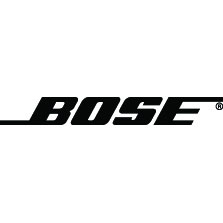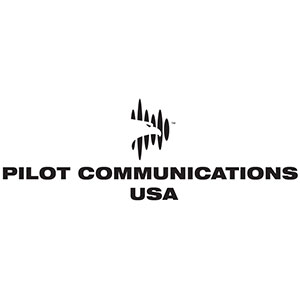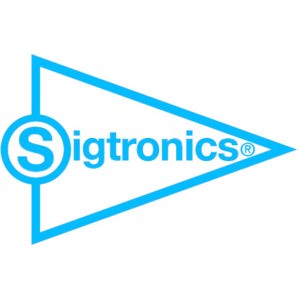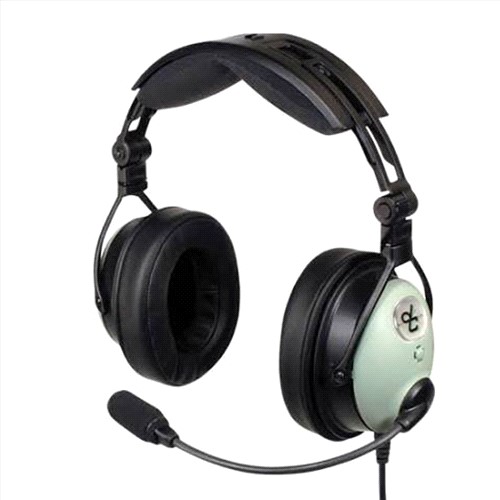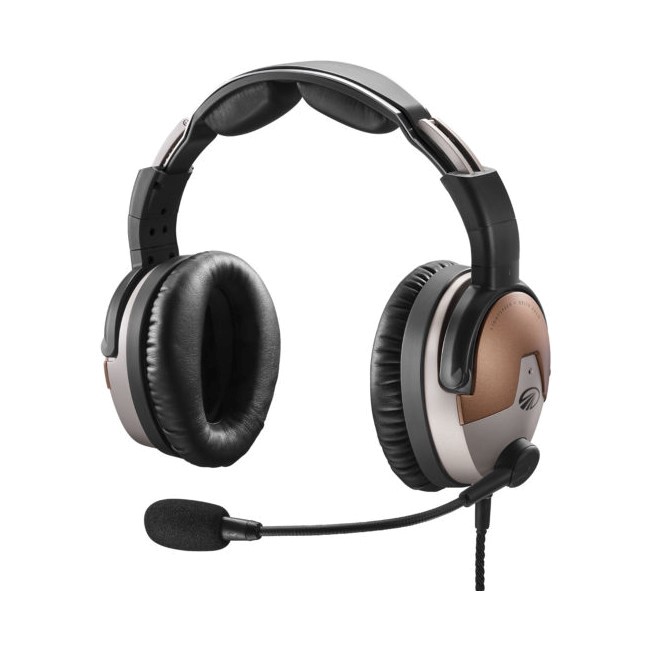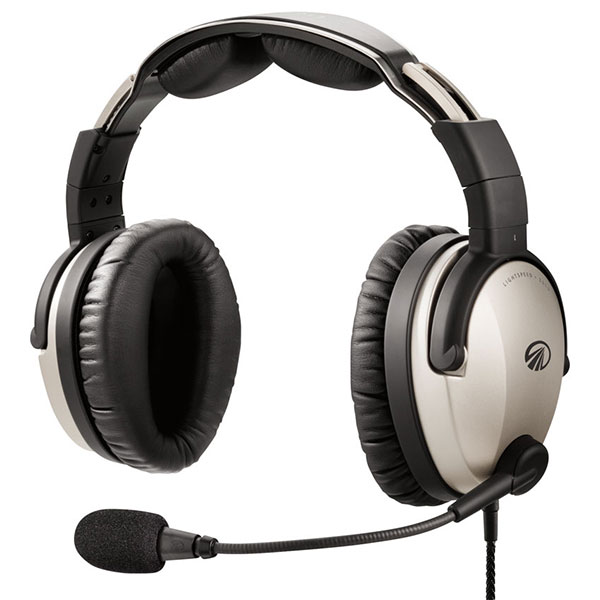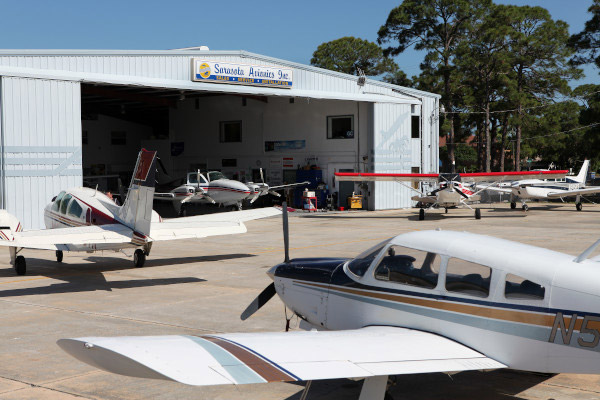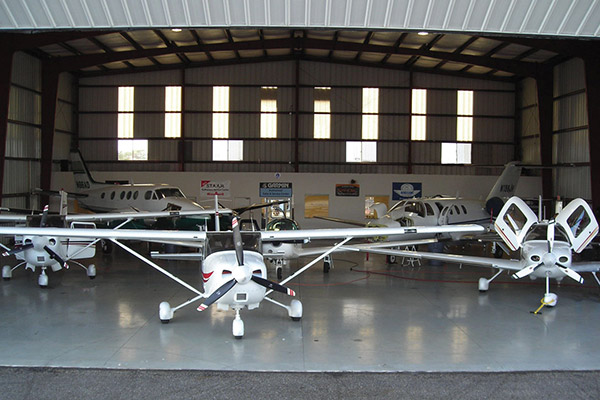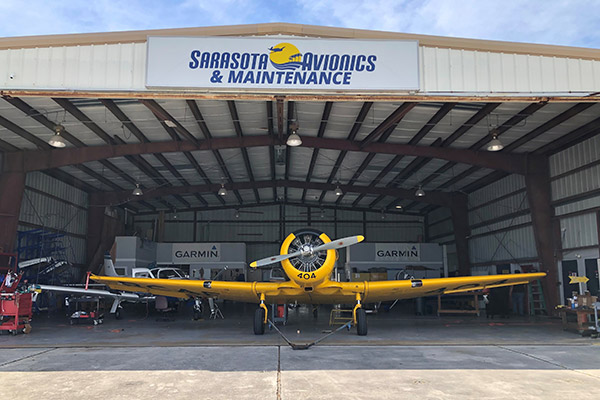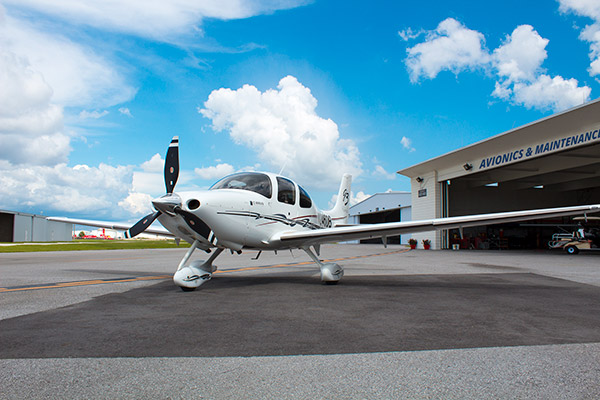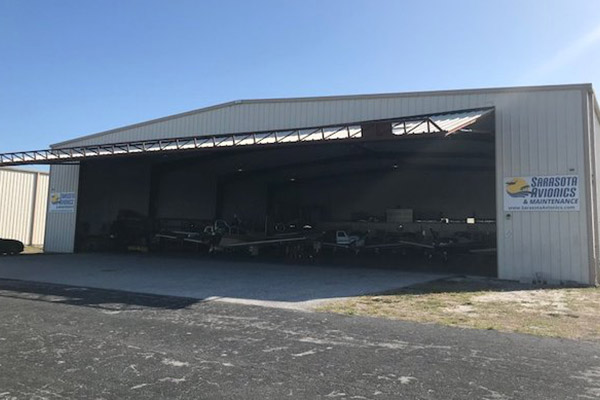Features or Budget?
Budget is certainly important to most pilots, but, you can get a lot of bang for your buck depending on what your needs may be.
If you fly often, own an airplane, or simply seek the best, expect to spend between $900 to $1,300 for a premium pair. You can still get most of the ANR features for between $700 to $800, or there are some value ANR headsets that can be found for around $400 to $500. If you are new to flying, on a tight budget, or just need a backup pair, then a basic passive headset is perfectly fine and will run between $150 to $350.
Active vs. Passive
There are two ways to cancel noise: passive noise reduction (PNR) and active noise reduction (ANR). Passive noise reduction is created from the ear seal and any other audio-enhancing components (such as an aircraft audio panel).
In a simple format, the panel mounted audio panel allows the pilot to select what frequency to listen to, and, where those audio signals go. Additional features such as voice-activated intercoms, phone or satellite radio interfaces, recorders and Bluetooth tech have drastically improved in-cockpit communications.
In a high-noise environment, with multiple audio sources and interfaces, a digital audio panel is an excellent upgrade to your aircraft and will enhance your overall avionics performance.
ANR headsets use electronics to sense the noise in the cockpit; a microphone picks up the external noise and a mirror of the sound is created and digitally played back to the ear cups. ANR headsets are often lighter, as the electronics eliminate the need for bulky soundproofing, but they do require either batteries or panel power.


Bluetooth
A Bluetooth headset can connect to a Bluetooth phone or tablet. This enables applications like ForeFlight or Garmin Pilot to provide audio alerts in aviation headsets The Bluetooth feature would be a good choice if you wish to wirelessly connect with your GPS, phones, or compatible portable device. Keep in mind that Bluetooth requires power, so ANR headsets will offer this feature.
Also remember that Bluetooth is not used to connect your headset to the panel or the aircraft radio—only auxiliary devices, such as making or receiving phone calls – (while on the ground, of course).
Comfort
The minor annoyance of a mis-fit headset can become distracting on a long flight. Second to fit is weight. A lightweight headset that comfortably fits the head, does not aggravate the neck or shoulders, and fits logistically in the cockpit of your aircraft (more on noisy environments in a moment) would check the comfort boxes. The form and fit of the ear seals are of course paramount to the perfect pair. We always recommend trying on a headset personally prior to purchase. You can visit our booth at the Oshkosh and Sun N Fun airshows, or stop by our Venice headquarters to get your fit.
Aircraft with an open cockpit or helicopters would require an added consideration to the kind of headset to buy.
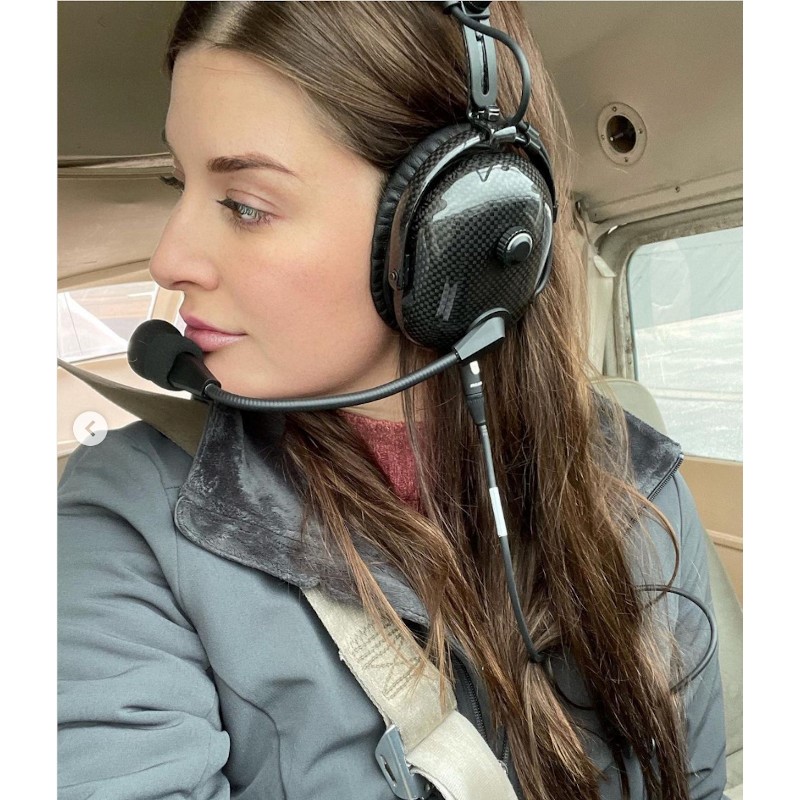
Plug Type
Also important to note is the appropriate type of plug(s): it’s typically dual GA mic and phone jacks, 6-pin Lemo, or U-174 for helicopters. The 6-pin or "LEMO" plug allows the headset's ANR box to draw power from the aircraft panel, eliminating the need for headset batteries. Newer airplanes are being factory-equipped with this plug, and for older airplanes, there is an install kit available.
Some manufacturers, such as Bose and Lightspeed, also offer an optional adapter to turn a 6-pin Lemo plug into one that can be used with dual GA plugs, which gives you even more flexibility.
We are able to easily upgrade your aircraft’s existing plugs for a variety of options that will enhance performance and eliminate the need for batteries. Contact us to find out more about this simple but effective upgrade.

Over-the-Ear, On-Ear, or In-ear?
Over-the-ear headsets fit all the way around the ears, thus providing better noise cancellation for higher noise environments.
On-the-ear headphones have smaller ear cups that rest on the ears, and are typically more compact and lightweight than over-the-ear models.
In-ear headphones are the most lightweight, and are desireable for certain applications, such as open-window environments. The jet-set also finds them similarly suited to the pressurized cabin noise environment.
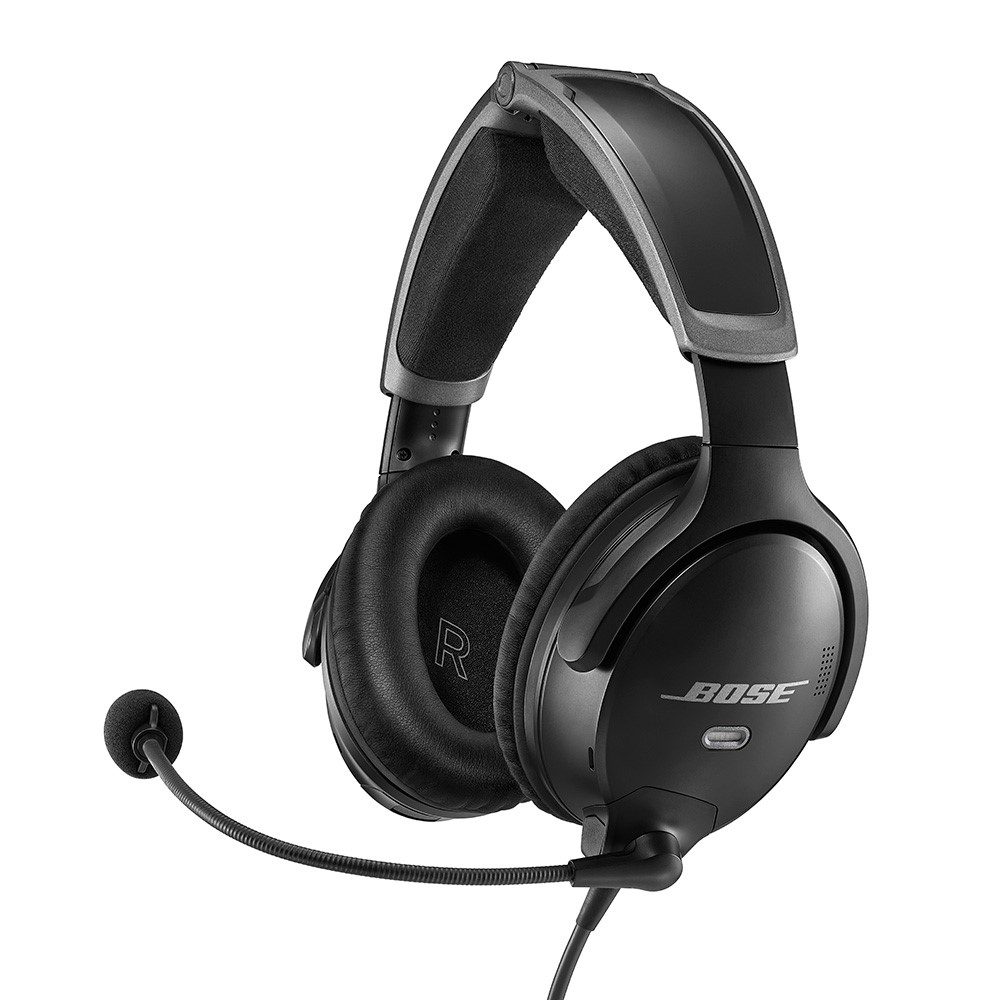
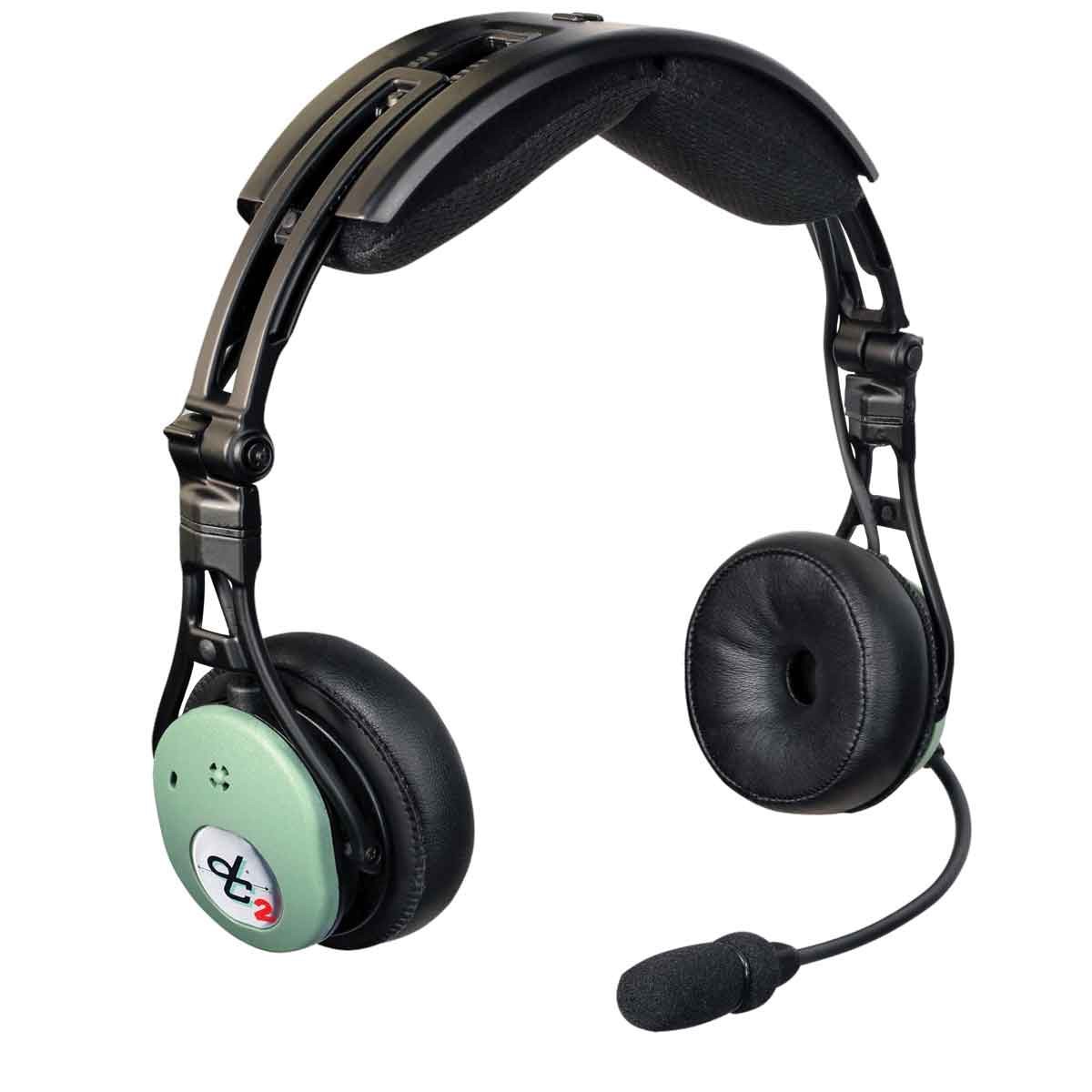
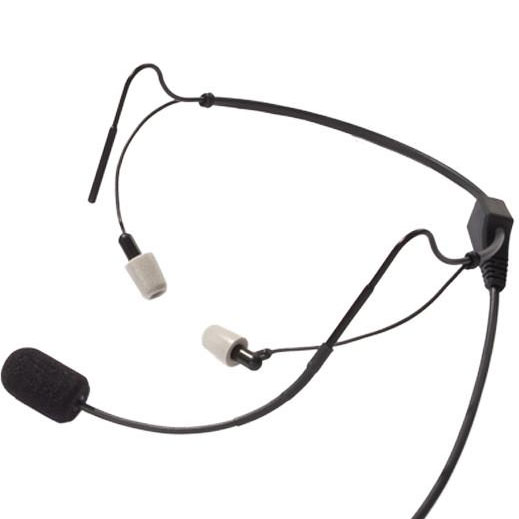
Stereo or Mono
Aircraft radios are designed for mono headsets – that is, headsets that send the same auditory signal to both ears. A mono headset is acceptable for radio comms, but stereo provides superior depth, sound profile and performance for audio communications all around. Stereo headsets have a switch function to toggle between mono and stereo.
Performance
Pilots that have not had the privilege of flying with a high-performance headset likely feel as if they’re drinking from a gilded cup upon this new revelation: being able to truly hear, listen, and understand cockpit communications builds a level of confidence. Quieting the drone of the engine is always a perk, lending not only to comfort but lessening fatigue.
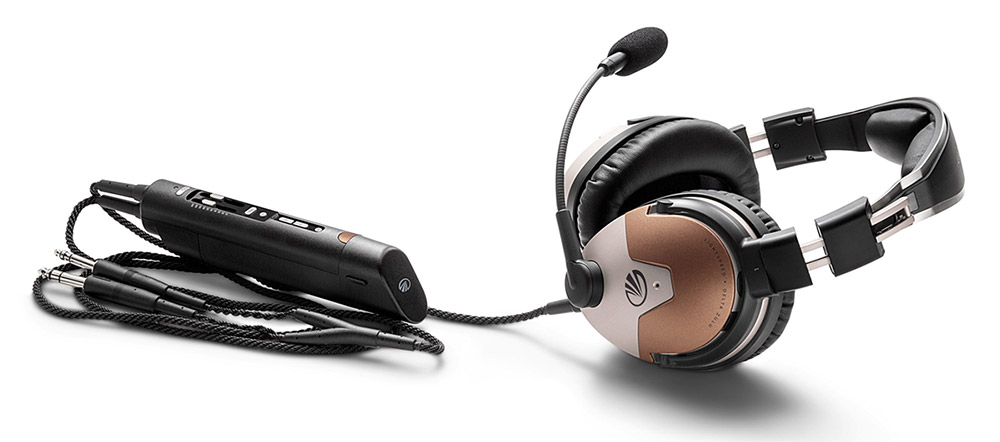
Most popular ANR headsets
Here’s a short lineup of some of the most popular brands and models, with a summary of their respective features and what to expect to spend:
Brand
Model
Price (Feb 2024)
Features
David Clark
$745.00
Enhanced Audio Shutoff, Automatic Gain Control for optimum ANR performance
Want to learn more?
All of our avionics consultants are pilots and would be happy to discuss different headset options with you.
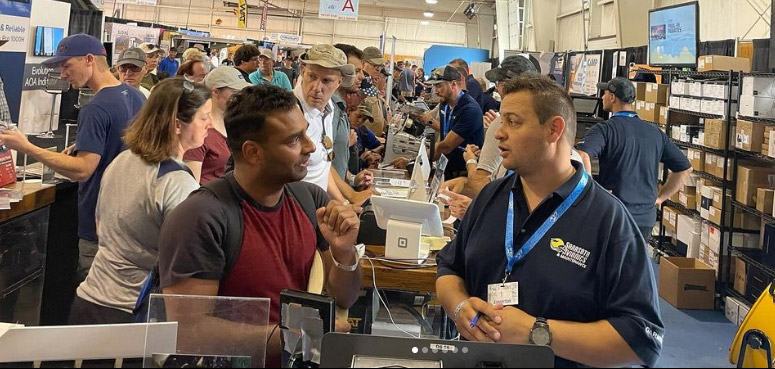
About Our Company
Our staff consists of people who got into this business because they love aviation. We are always here to answer any questions you may have about all of the current avionics options, and to help you find the right solution for your aircraft.
Besides offering the best prices and customer service in the industry, Sarasota Avionics & Maintenance sets itself apart from the competition by offering multiple locations throughout Florida. Providing both avionics and maintenance services all under one roof makes scheduling easier with far less downtime.



